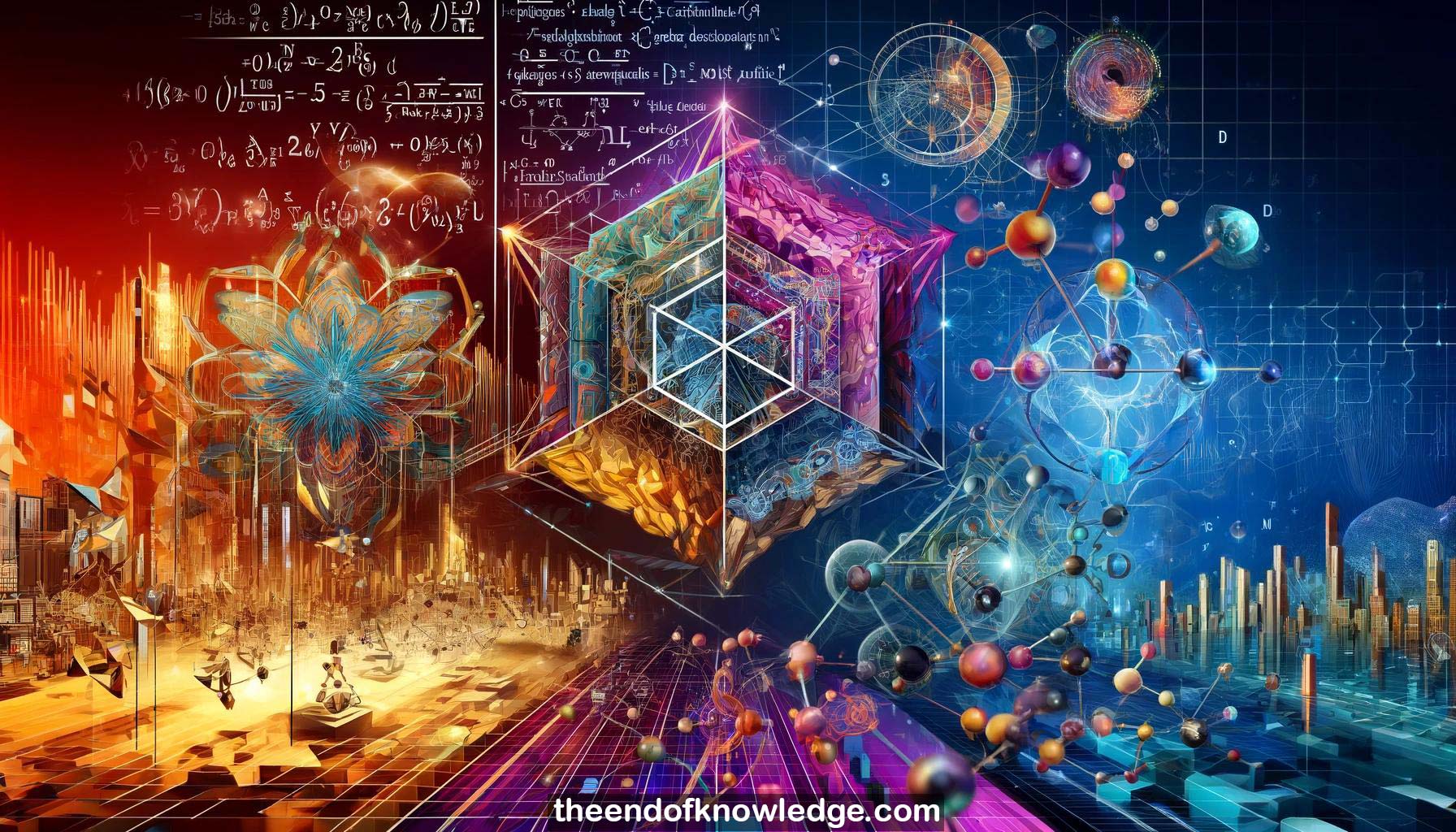 >
>
Concept Graph & Resume using Claude 3 Opus | Chat GPT4 | Gemini Adv | Llama 3:
Resume:
1.-The talk was about geometric deep learning, a field pioneered by the speaker Michael Bronstein.
2.-Geometric deep learning aims to provide a unifying mathematical framework for deriving successful neural network architectures based on symmetry and invariance.
3.-Historically, Felix Klein's Erlangen Program approached geometry as the study of symmetries, formalizing it using group theory in the 19th century.
4.-Symmetry has been a fundamental principle in mathematics and physics, as seen in Noether's theorem and the standard model.
5.-Deep learning has advanced rapidly but lacks unifying principles, leading to a "zoo" of architectures and reinvention/rebranding of concepts.
6.-Geometric deep learning serves to provide a common framework and procedure for deriving architectures based on symmetry in a principled way.
7.-Machine learning is essentially a function estimation problem of fitting a function to training data to make predictions on unseen data.
8.-The curse of dimensionality makes naive learning impossible in high dimensions without exploiting additional structure, known as geometric priors.
9.-Convolutional neural networks (CNNs) solve the curse of dimensionality in computer vision by exploiting the translational symmetry of images.
10.-Graphs, molecules, social networks, and manifolds are examples of non-Euclidean data with irregular structure waiting to be analyzed using geometric deep learning.
11.-Key principles of geometric deep learning are 1) invariance/equivariance to symmetry transformations and 2) local scale separation of interactions across scales.
12.-These principles lead to a general design of equivariant layers, invariant pooling, and hierarchical coarsening applicable to grids, graphs, sets, and manifolds.
13.-Gauge equivariance on manifolds leads to intrinsic mesh CNNs used in computer graphics and vision to handle deformable surfaces.
14.-Graph neural networks (GNNs) use local permutation-invariant neighbor aggregation and equivariant message passing to process graph-structured data.
15.-GNNs are theoretically powerful, equivalent to the Weisfeiler-Lehman graph isomorphism test when using injective neighborhood aggregation functions.
16.-Special cases of GNNs include deep sets (for permutation-invariant functions on sets) and transformers (attention-based message passing on fully-connected graphs).
17.-Concepts like positional/structural encoding and graph rewiring/sampling have been introduced to GNNs to improve expressivity and scalability.
18.-Grids are a special case of graphs with a fixed neighborhood structure and order, where convolution emerges naturally from translational symmetry.
19.-Convolution on general manifolds like spheres can be defined based on group convolutions on the symmetry group, e.g. SO(3) rotations.
20.-Gauge equivariance w.r.t. the frame/coordinate changes on manifolds is important to define geometrically intrinsic and stable operators.
21.-Geometric deep learning has been very successful in applications like drug discovery, protein interaction prediction, and fake news detection.
22.-Graph neural networks have achieved state-of-the-art performance in virtual screening of drug molecules, being more accurate and faster than conventional methods.
23.-Protein-protein interaction (PPI) prediction using GNNs has led to the design of new protein binders for difficult cancer-related targets.
24.-Food molecules have been analyzed with GNNs to identify "hyperfoods" rich in anti-cancer compounds, used to design cancer-prevention recipes.
25.-Misinformation detection on social networks has been tackled using graph-based learning to identify fake news based on its spreading patterns.
26.-3D human shape reconstruction from images has progressed from using 3D sensors to now using hybrid 2D CNN + geometric decoder architectures.
27.-Exciting research directions include 1) latent graph learning as a form of algorithmic reasoning and 2) symbolic regression of physical equations using GNNs.
28.-Key challenges in applying geometric deep learning include required domain expertise, collaboration with field experts, and bridging theory and practice.
29.-The speaker has founded several startups commercializing geometric deep learning technology, including Twitter's fake news detection and Ariel AI's 3D avatars.
30.-A "proto-book" on geometric deep learning has been published, aiming to provide a unifying mathematical framework deriving architectures from first principles.
Knowledge Vault built byDavid Vivancos 2024